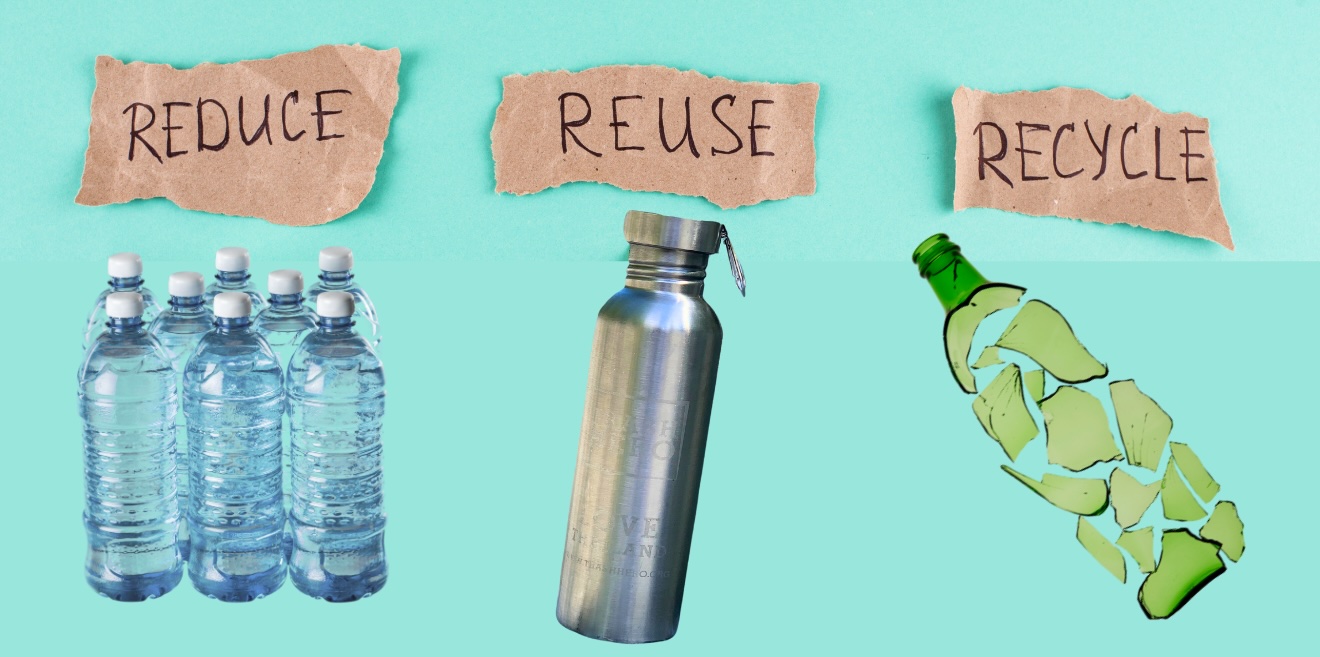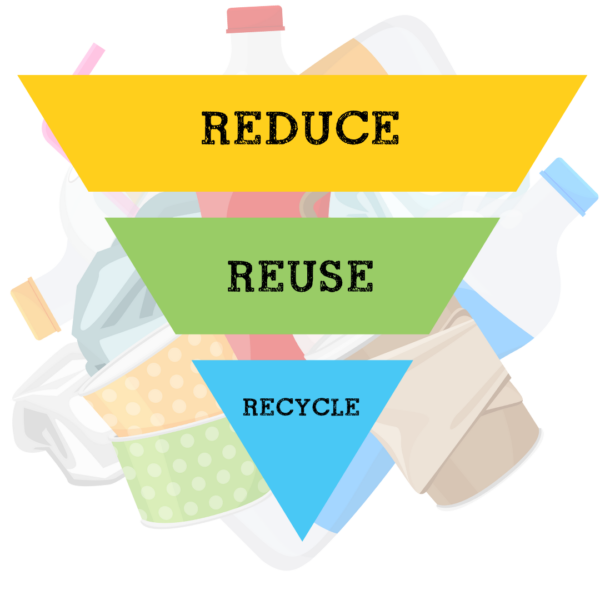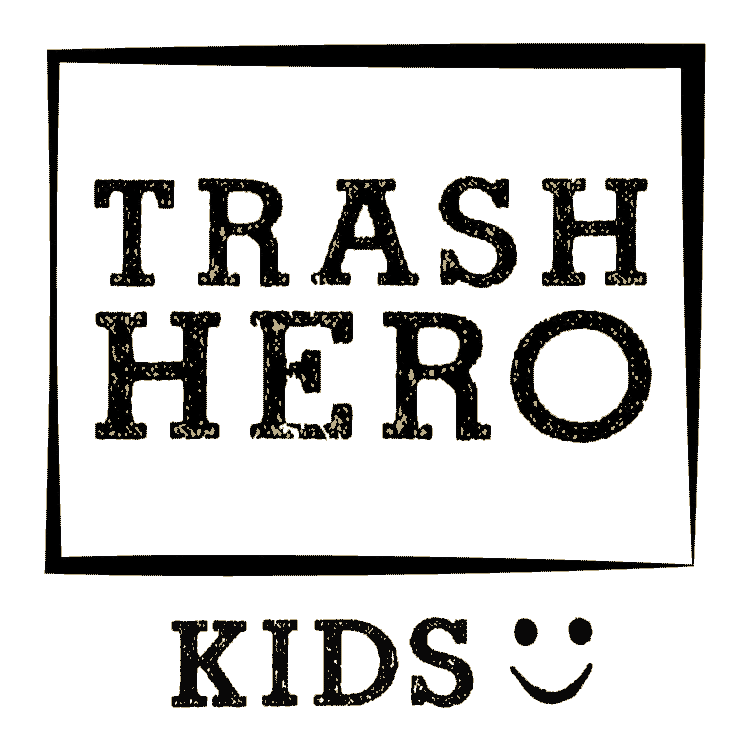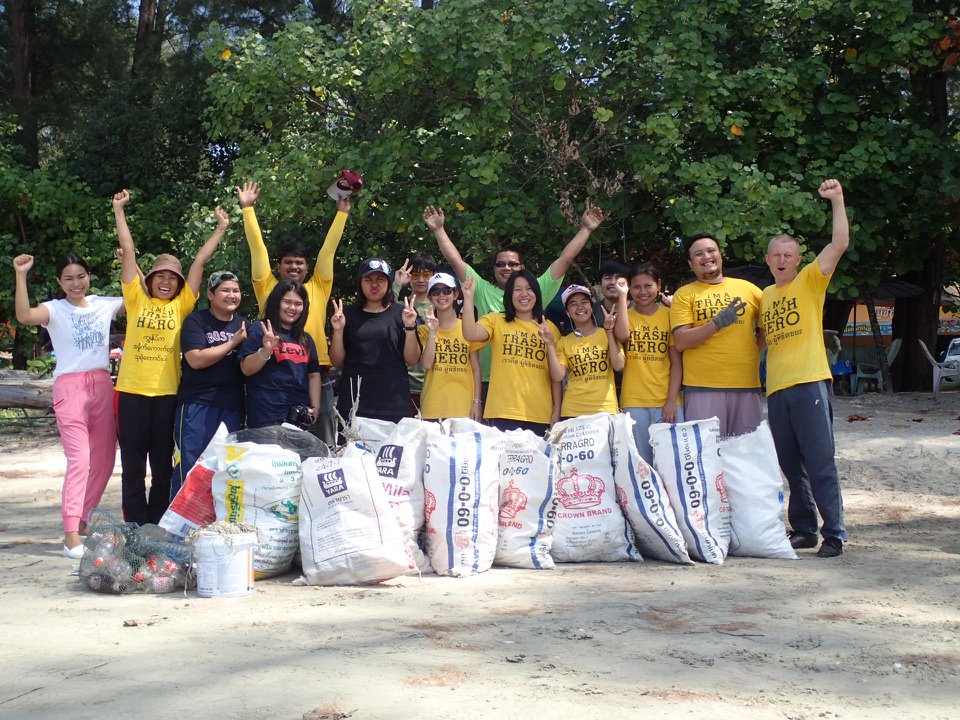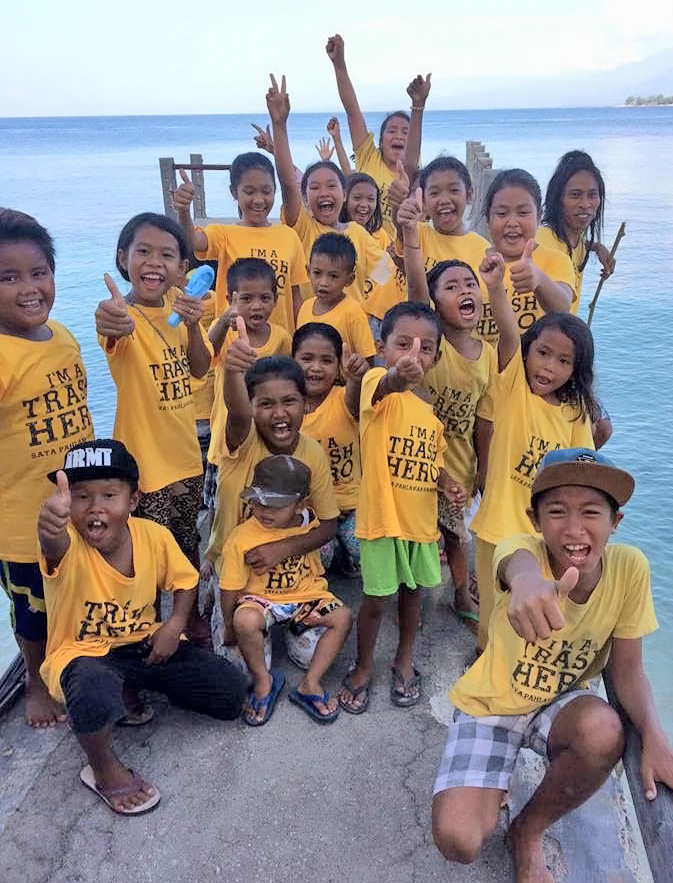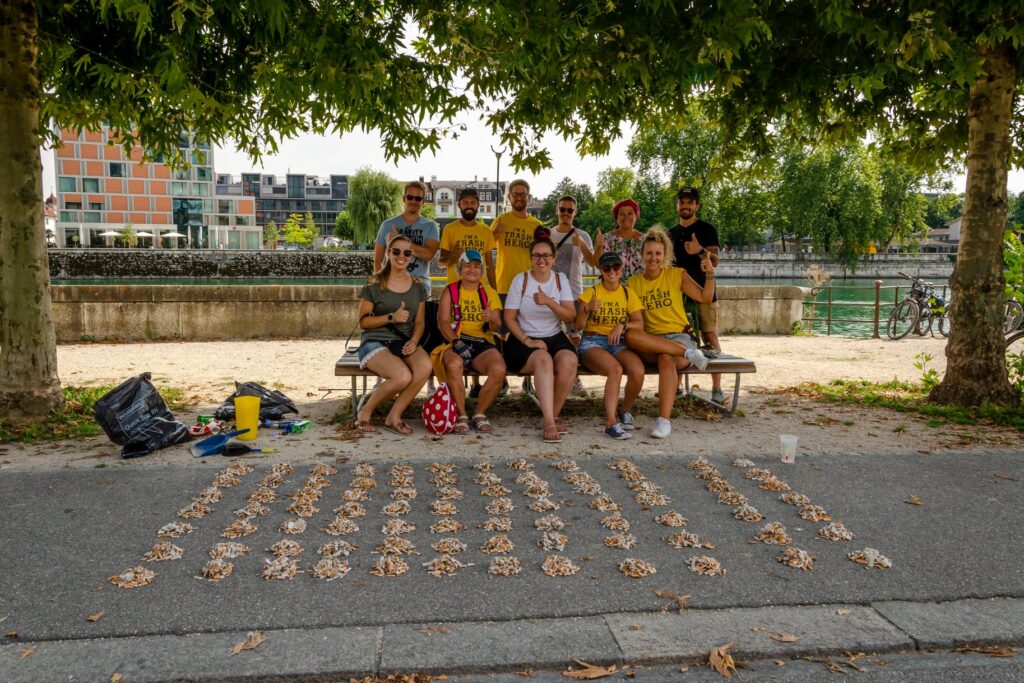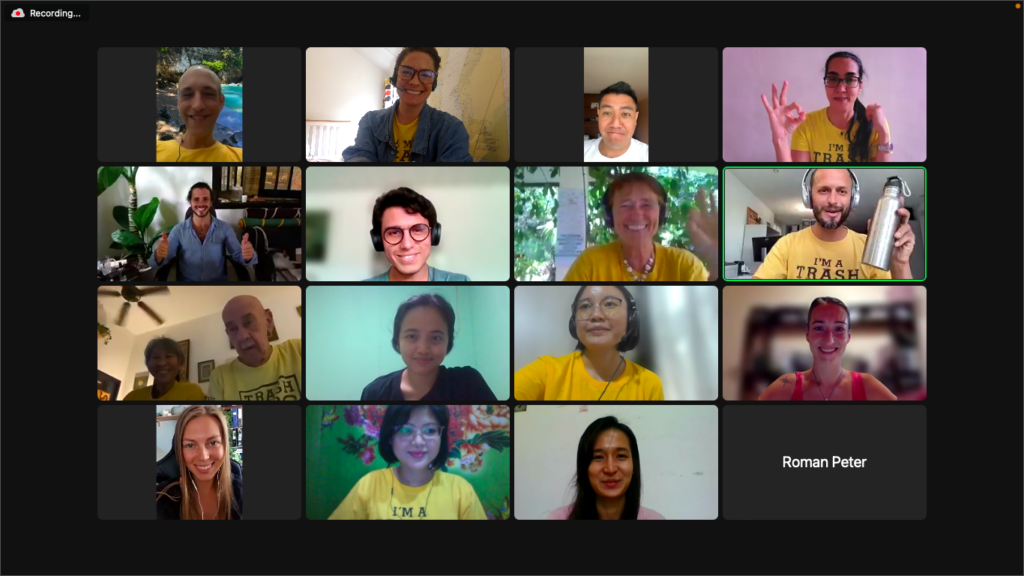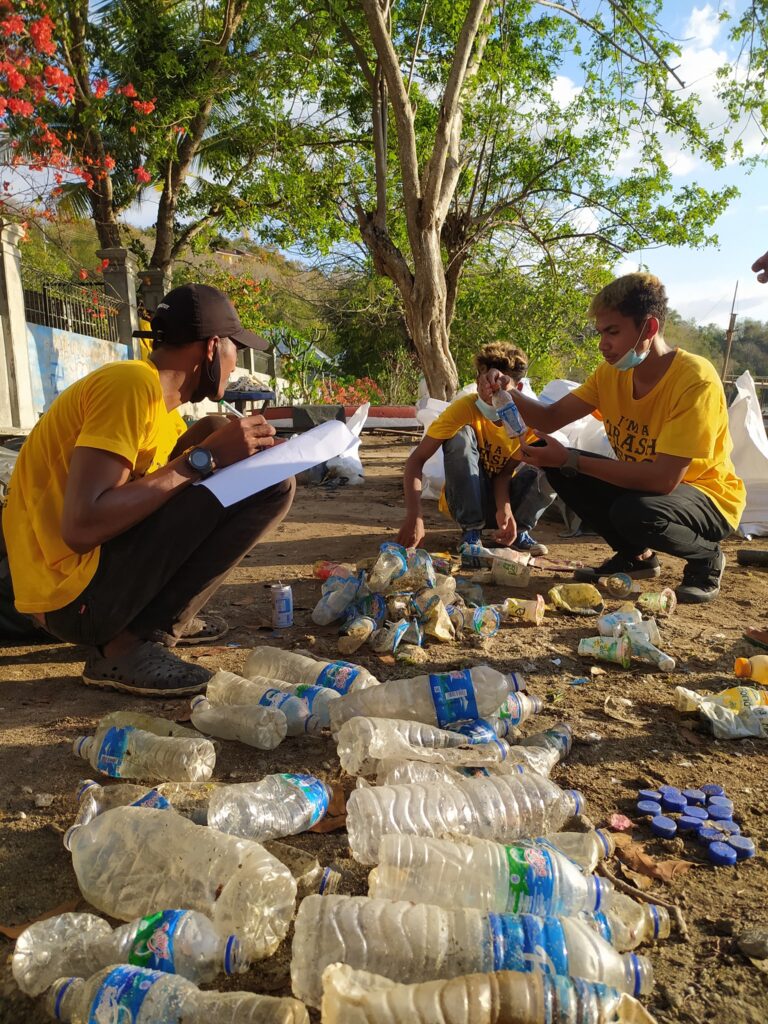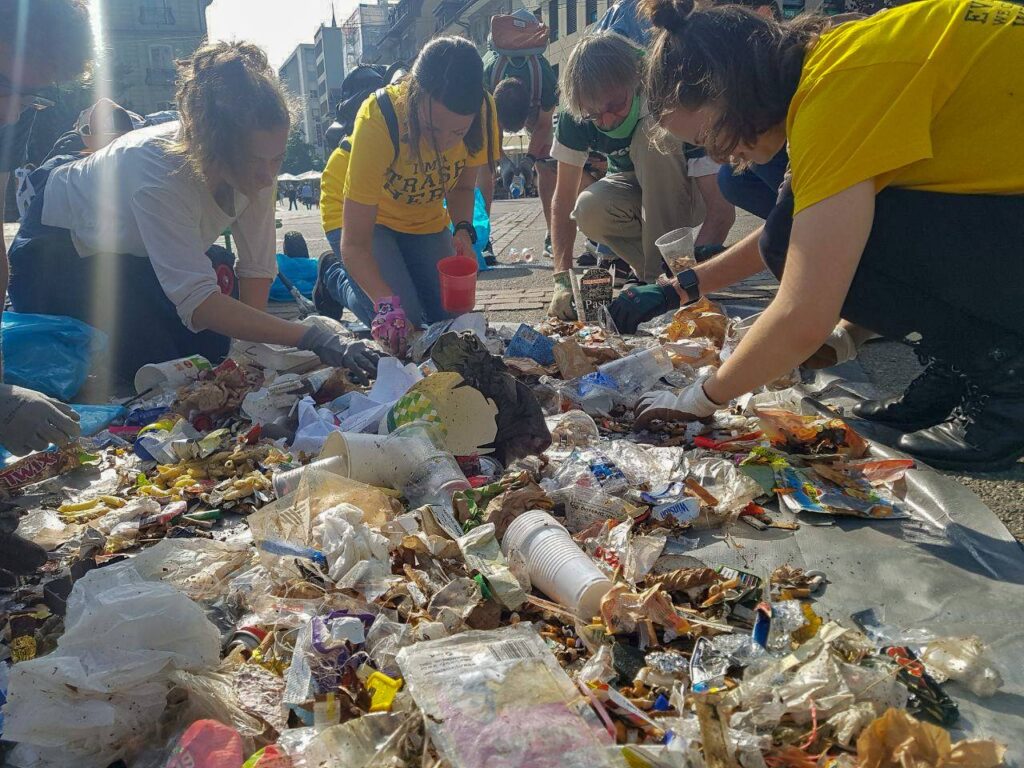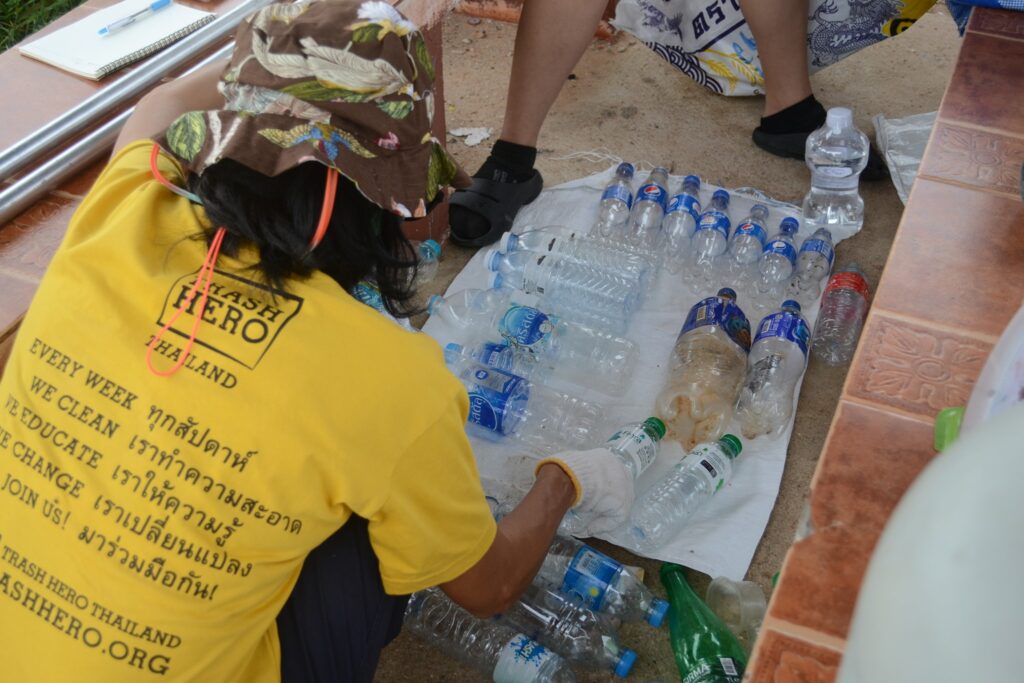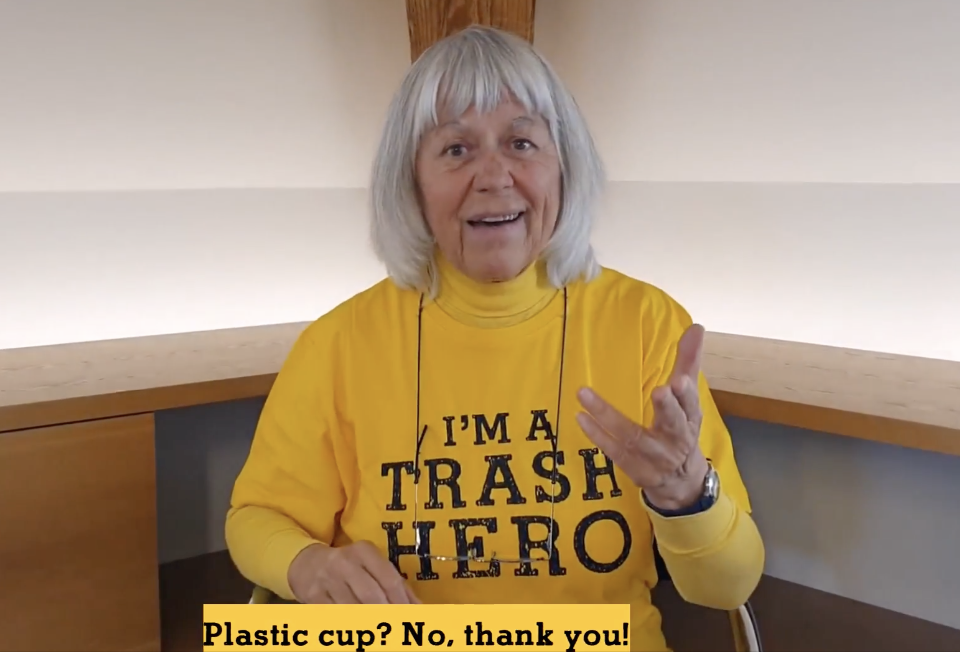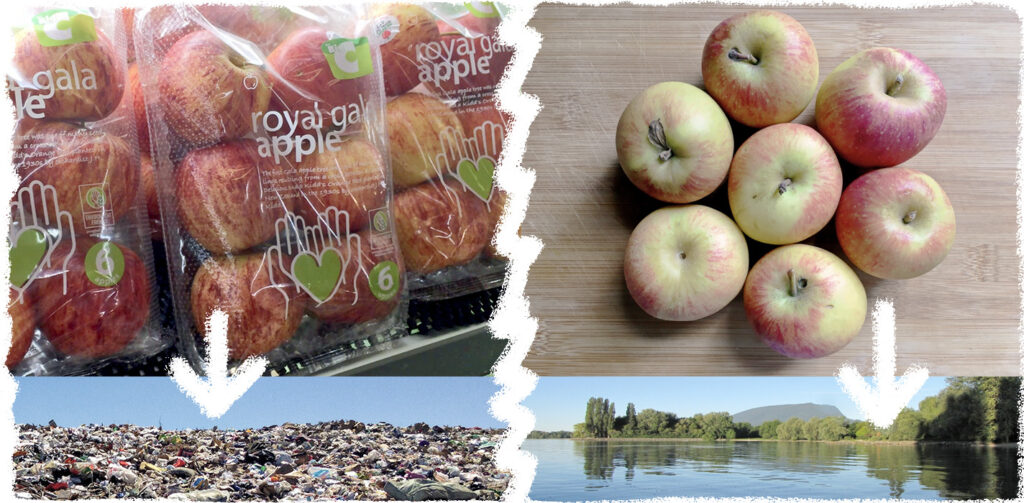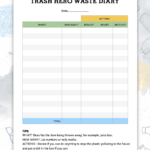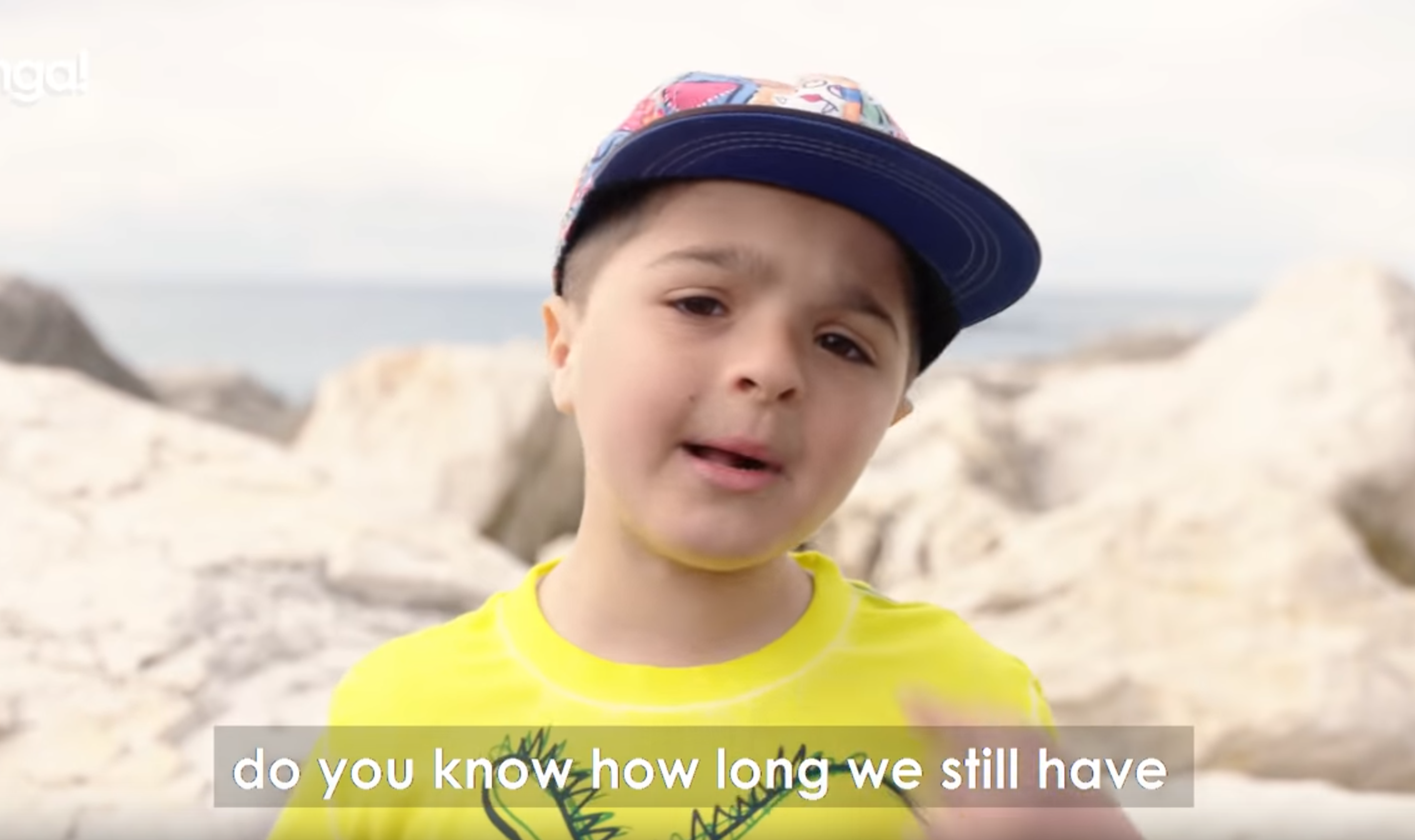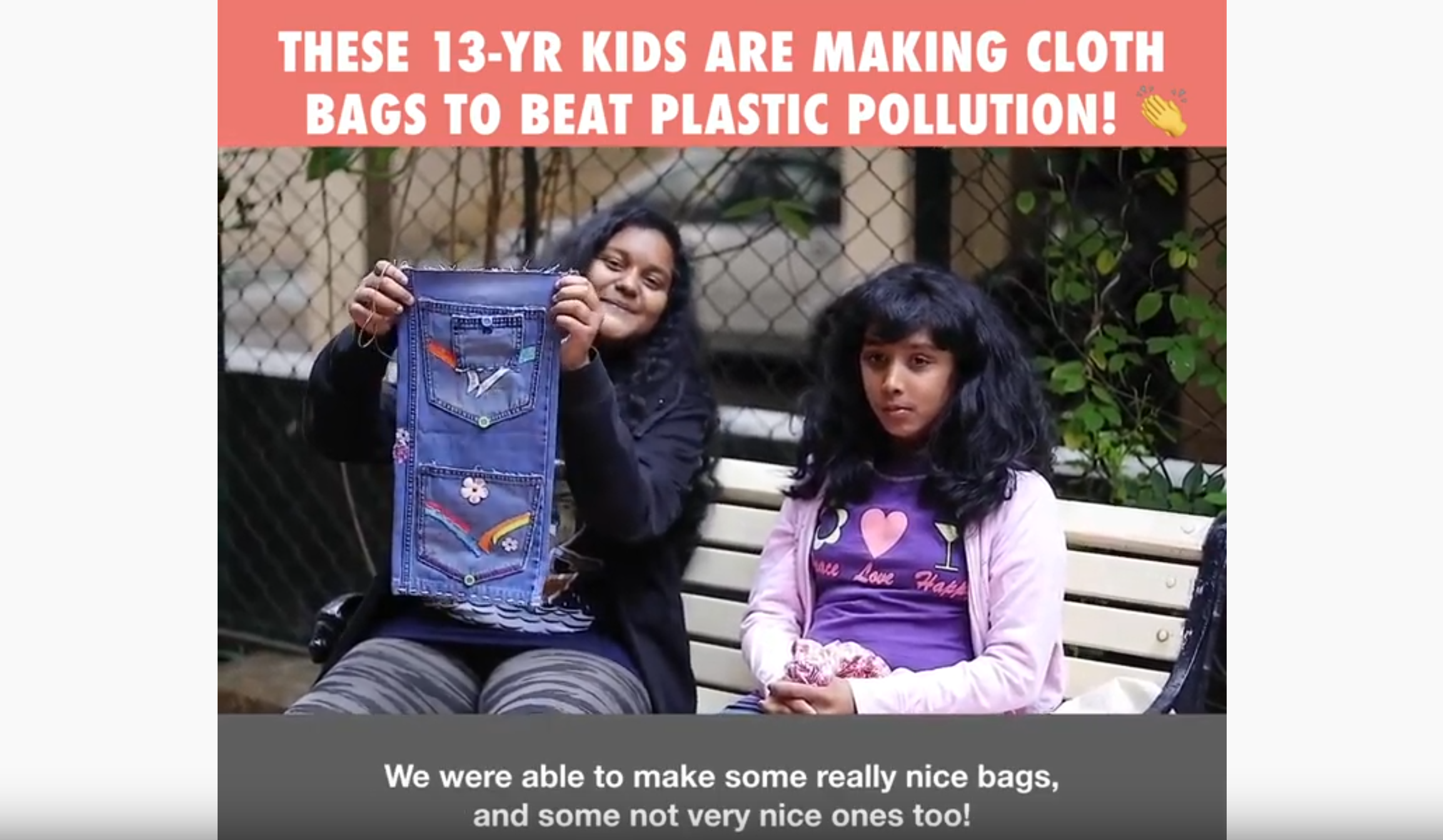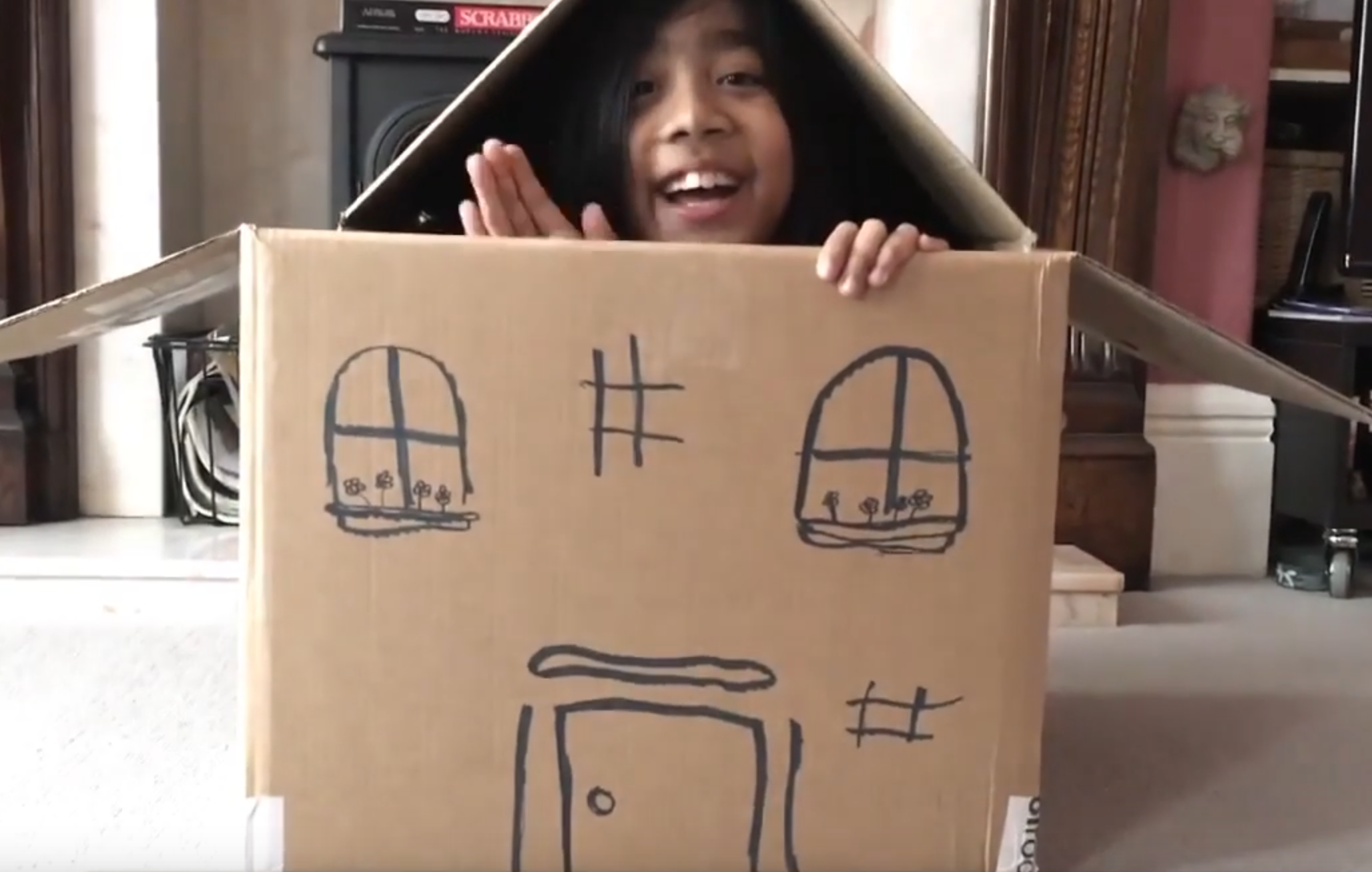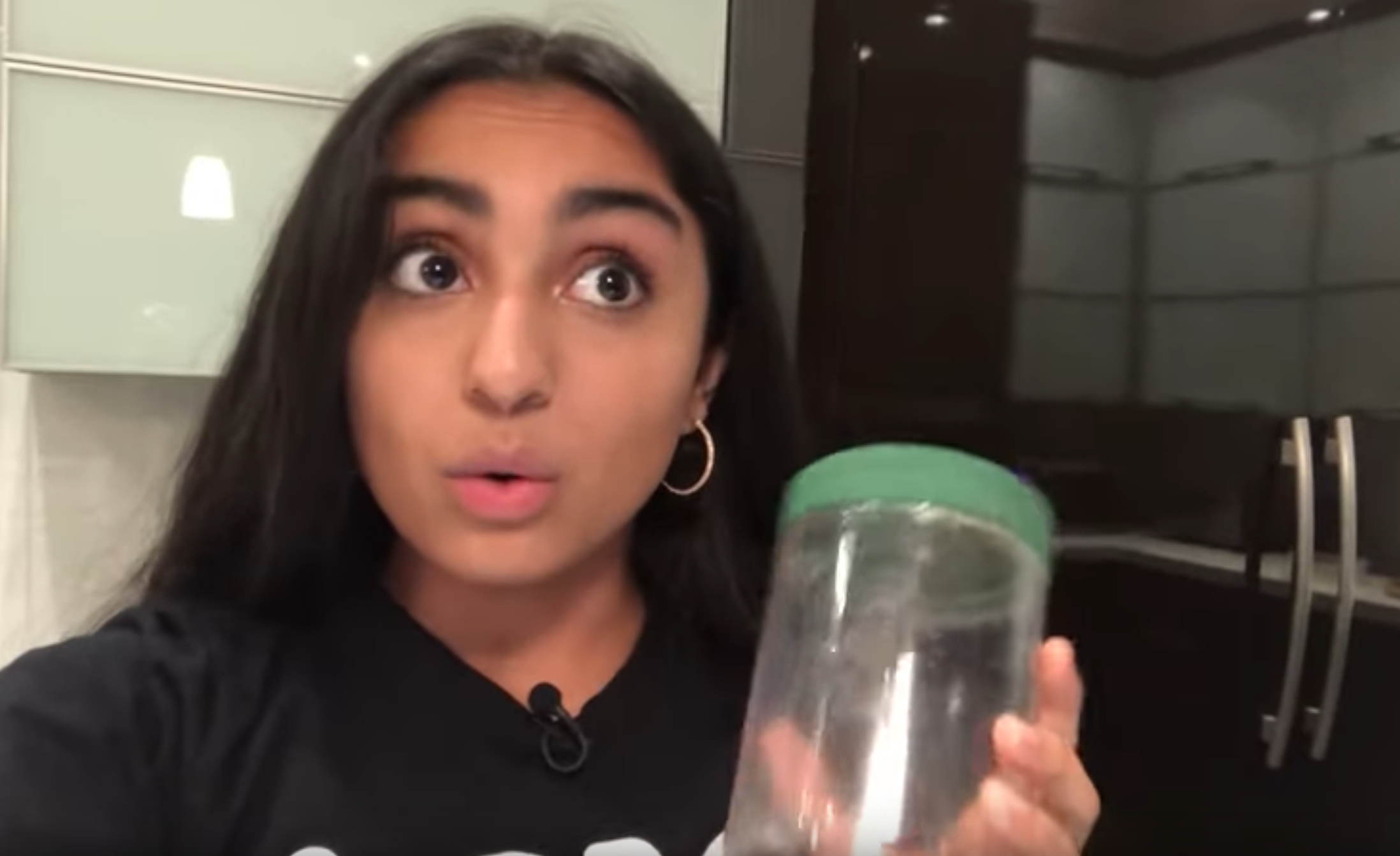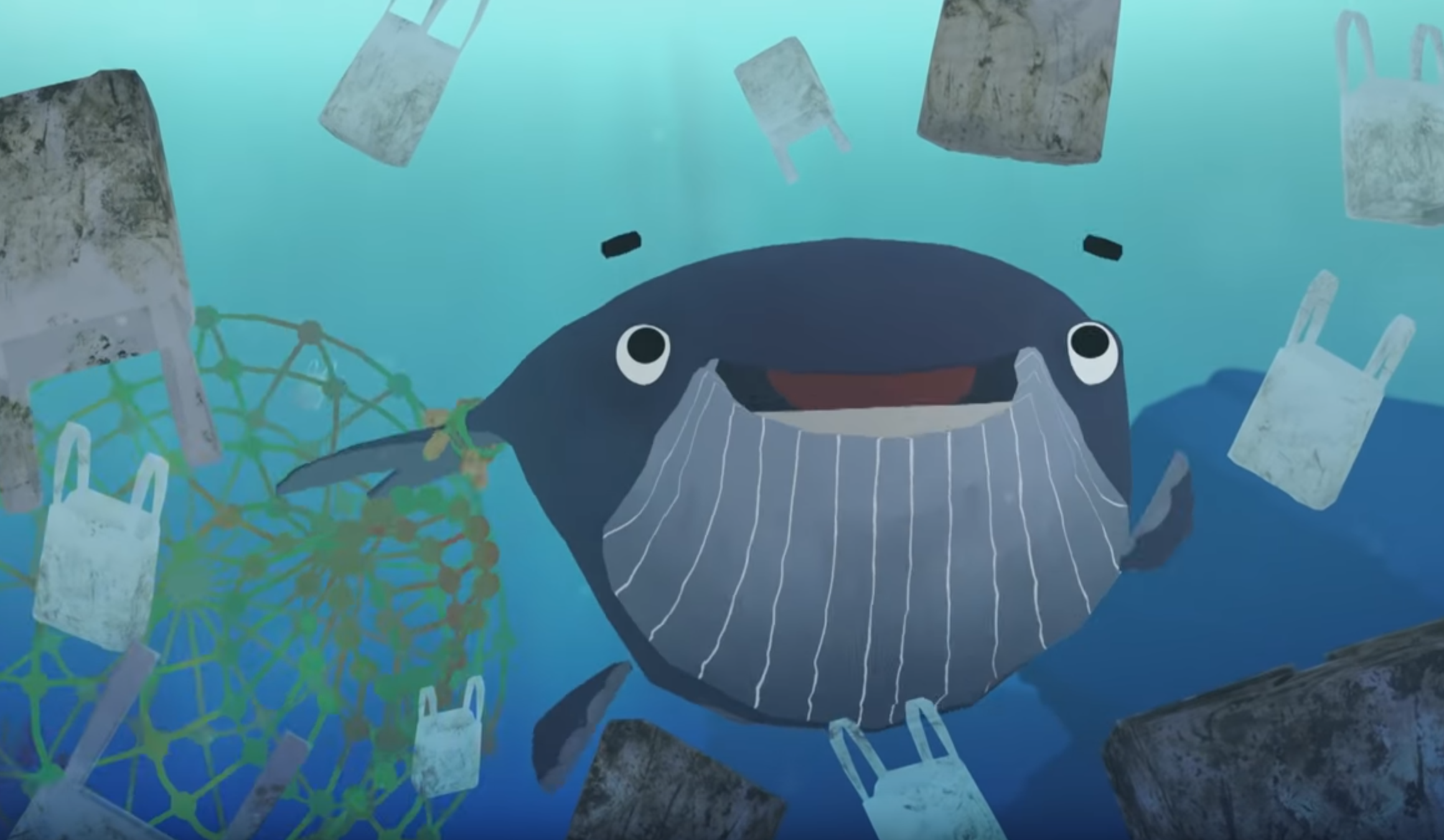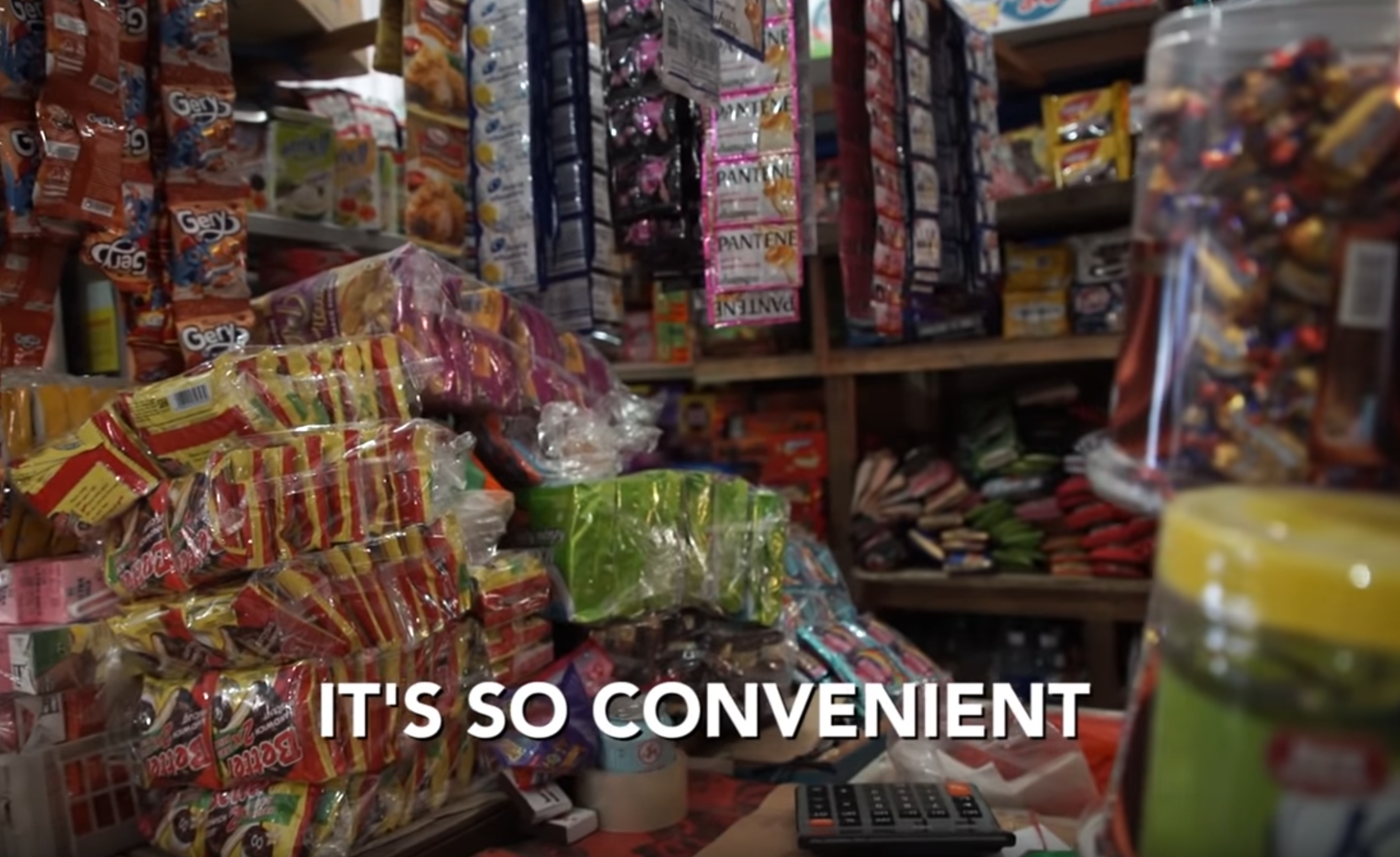You have probably heard of the 3 Rs: Reduce, Reuse, Recycle. But what do they mean?
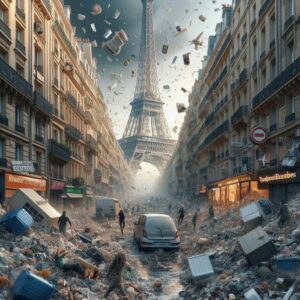
3.8 billion tonnes is enough to cover some of the world’s biggest cities – Buenos Aires, Beijing, Manila, Delhi, Mexico City, Istanbul, Lagos, Paris and New York City – 1 metre deep in trash!
The 3 Rs are actions we can take to manage our waste. They are important because waste is increasing faster than we can deal with it. Right now we produce 2.3 billion tonnes of trash every year! If we don’t use the 3 Rs, in another 25 years that might be almost 3.8 billion tonnes 😱
Also a lot of the waste, like plastic, is toxic and dangerous for people and animals. The 3Rs help us to remember what to do to solve the problems caused by waste, like ocean pollution and climate change.
The 3 Rs come in a special order, or hierarchy. This is shown as an upside-down triangle called the waste hierarchy:
The order is important. It shows the priority for each action:
- Reduce
- Reuse
- Recycle
Reduce is the widest part of the triangle at the top because this is the first and most effective action we can take. It affects the largest amount of waste.
Reuse comes second because it is the most helpful action to take with the stuff we can’t avoid.
Recycle is at the bottom because it should be the last action we take, after we have already tried the other two.
What does it mean to REDUCE?
Reducing waste means using less stuff so we avoid creating waste in the first place. There are a few ways we can do this.
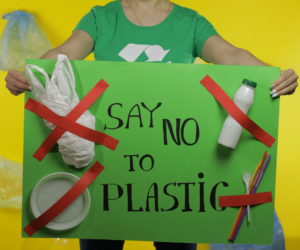 We can think before we buy new things: do we really need this? Or, we can refuse unnecessary things like plastic straws, cutlery or sachets of sauce that are offered with takeout food. We can grow or make food from natural ingredients instead of buying packaged products. Doing this will cut down a lot of waste in your bins!
We can think before we buy new things: do we really need this? Or, we can refuse unnecessary things like plastic straws, cutlery or sachets of sauce that are offered with takeout food. We can grow or make food from natural ingredients instead of buying packaged products. Doing this will cut down a lot of waste in your bins!
Companies can also design their products and services to make less waste. They can use less packaging and produce things that are made to last, not break easily. Then we don’t have to throw them away and buy new ones so often.
When we reduce, there are fewer things we need to reuse or recycle.
What does it mean to REUSE?
We can’t avoid using stuff altogether! So reuse is something we can do with the things we need in our lives. It means helping stuff to last longer.
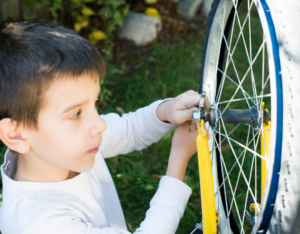 So we can think before we throw something away: is this really waste? Maybe it can be given to someone else who might find it useful. Maybe it can be repaired and used again. Maybe it can be repurposed for another use, like when we clean an empty jam jar and use it to store other things like crayons or nuts. Or if we give food scraps to animals to eat. Can you think of any other examples?
So we can think before we throw something away: is this really waste? Maybe it can be given to someone else who might find it useful. Maybe it can be repaired and used again. Maybe it can be repurposed for another use, like when we clean an empty jam jar and use it to store other things like crayons or nuts. Or if we give food scraps to animals to eat. Can you think of any other examples?
Some companies design things to be reused instead of thrown away after one time. We can choose these items instead of disposable ones. For example, if we carry reusable shopping bags and water bottles when we go out, we can use them again and again without needing to buy plastic bottles or take bags that will be thrown away later.
A few companies also make packaging that can be reused. So after you finish your shampoo, you can return the bottle to the store and they will clean it and fill it up again. We need more businesses to design products like this.
When we reuse things we don’t have to take more resources from the Earth to make new ones.
What does it mean to RECYCLE?
When we can’t use or reuse stuff any more, the best action to take is recycling. Recycling breaks things down into their original materials, so they can be used again. But not everything can be recycled. Right now, we can recycle:
- Food and garden waste – it breaks down into compost to fertilise the soil. Click here to find out how to make your own compost.
- Glass
- Metal
- Clean paper
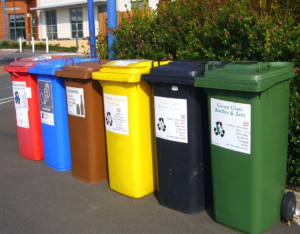 Plastic is not on this list because it’s tricky to recycle. There are thousands of different types of plastic and they are difficult to identify. If different types get mixed up it can be dangerous (toxic), or make the end product unusable.
Plastic is not on this list because it’s tricky to recycle. There are thousands of different types of plastic and they are difficult to identify. If different types get mixed up it can be dangerous (toxic), or make the end product unusable.
Clear bottles, made from a type of plastic called PET, are the easiest to recycle. Usually they don’t get turned into new bottles, but into clothes (like fleece jackets) or carpets. This is called downcycling because the material can’t be recycled again, it will just be thrown away. For plastic, it’s better to reduce and reuse wherever we can.
To recycle you need to sort your trash into different bins so they can be collected or taken to the right place to make them into new things. Organic waste goes into one bin and then clean glass, metal and paper into others. With plastic, you will need to check the label carefully to see if it can be recycled where you live.
What about the rest of the trash?
After you have reduced, reused and recycled what you can, there will usually still be some trash left over. Try our waste audit activity to help you see how this could be reduced further.
It can be hard to get to zero trash so don’t be disappointed if you can’t get there yet: remember, we can’t do it all – the big companies also need to use the 3Rs and design their products and services to make less waste.
Lots of organisations (like Trash Hero) are already campaigning to make this happen, so we can protect people, animals and the planet from plastic pollution – thank you for doing your part 💛
read more
